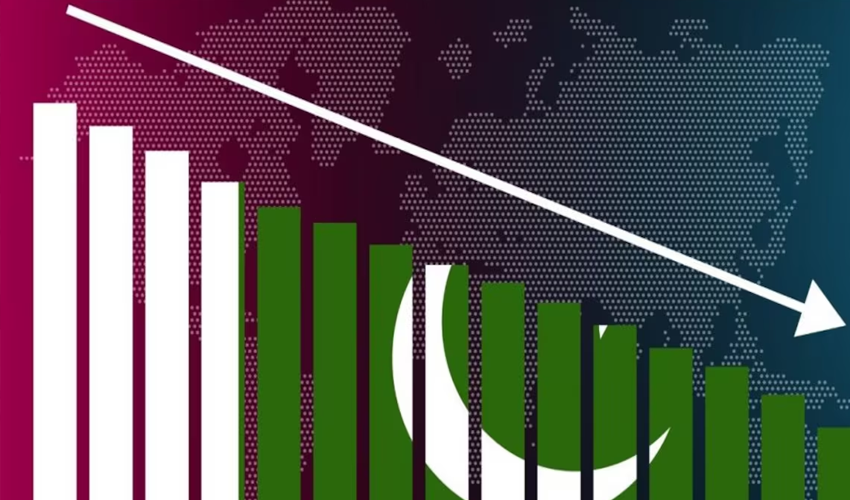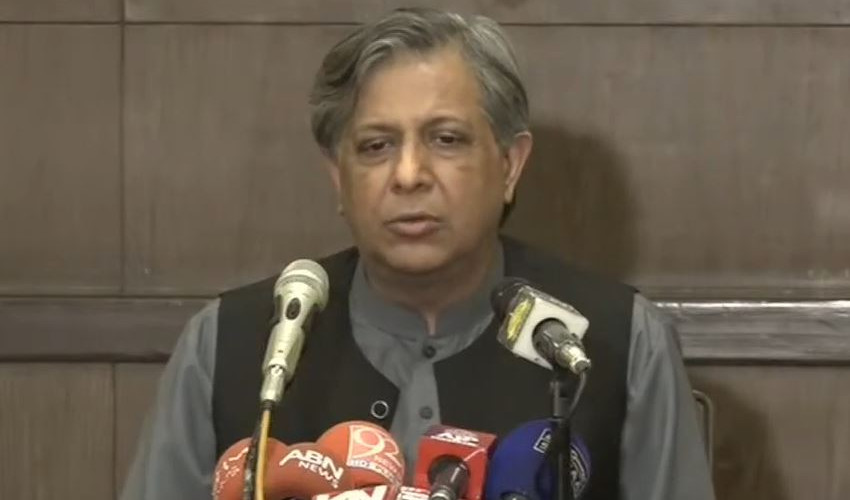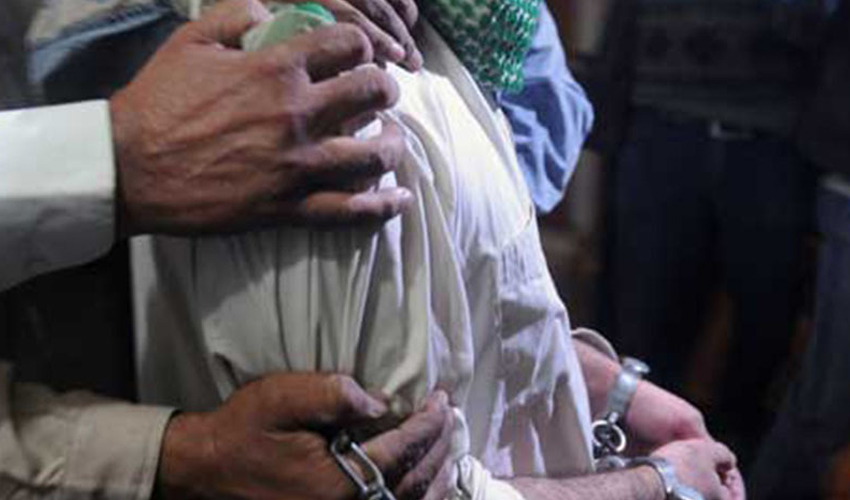Pakistan's central bank reserves witnessed a decline of $115 million on a weekly basis, reaching $7.4 billion as of November 10, according to data released on Thursday.
The State Bank of Pakistan (SBP) cited debt repayments as the primary factor behind this decrease.
The total liquid foreign reserves for the country are reported at $12.5 billion, with commercial banks holding net foreign reserves amounting to $5.1 billion. Last week, the central bank reserves experienced a decrease of $4 million.
The boost in central bank reserves observed in July, following the receipt of around $1.2 billion from the International Monetary Fund (IMF), marked a significant moment for Pakistan. This infusion was part of the approved $3-billion Stand-By Arrangement (SBA), accompanied by inflows from Saudi Arabia and the UAE.
However, challenges have emerged as the central bank grapples with increased debt repayments, a surge in import payments following the easing of restrictions, and a lack of fresh inflows.
IMF's $700 million nod
In a positive turn of events, the IMF announced on Wednesday that its staff and Pakistani authorities have reached a staff-level agreement (SLA) on the first review of the SBA.
The agreement, subject to approval by the IMF Executive Board, could bring around $700 million (SDR 528 million) into play, pushing total disbursements under the program to almost $1.9 billion upon approval.
This development is crucial for Pakistan's economic stability, and the nation awaits the decision of the IMF Executive Board regarding the staff-level agreement. The outcome will likely influence the trajectory of the country's foreign exchange reserves and financial outlook in the coming weeks.Top of Form


























